Most of us know how colorful and lively an Indian wedding can be. With different rituals performed over days, there is no way to match a wedding quite like it. But being a country of multiple languages and cultures, India has witnessed diverse marriage traditions in each state, making it one of the most culture-rich countries in the world! In celebration of India’s 73rd Republic Day, we thought we’d look at some fascinating wedding traditions followed in different parts of this glorious country. So are you ready to take a cross-country trip to the land of festive celebrations?
Kashmir – The Heaven on Earth

Picture Courtesy: @zehrajagani
Kashmir is one of the most beautiful earthly paradises you’ll ever find, located at the country’s crown. So you can imagine how magical weddings are in this region. Like the majority of India, Kashmiri weddings involve multiple rituals that take place before and after the main event. Muslim marriages in the state include rituals like the Nishayn (engagement), Saatnaam (the official wedding announcement), Malmaenz (applying turmeric on the bride; also called Haldi), Maenzraat (decorating the bride’s hands and feet with henna; also called Mehendi), and Ab Shehrun (a bridal bath). The Nikah Khwaani is a modest tradition where the priest weds the bride and groom as he recites the holy verses of the Quran and prays for their happiness.
Kerala – The Land of Backwaters, Coconut, & Palm Trees
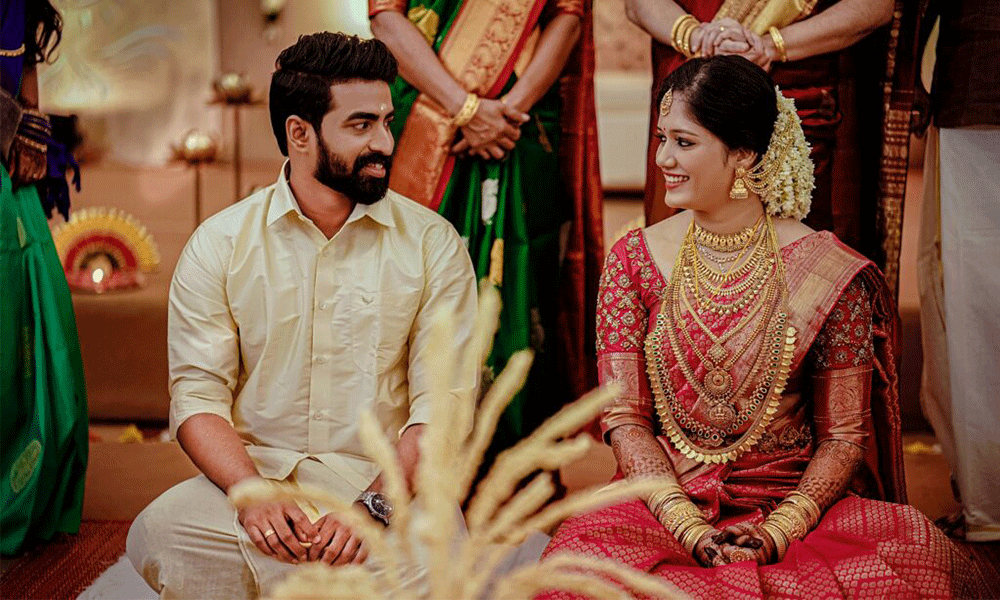
Picture Courtesy: @motionpictures_weddings
In this southern state, the bride and groom come together with their families as they exchange matched and approved horoscopes in a ceremony called the Nischayam. This is followed by the Mothiram Maattal (ring ceremony), where gifts are exchanged, including bridal ornaments. During the marriage, the bride’s father hands her to the groom (Kanyadaanam), signifying that he is giving him the responsibilities of his daughter. Once the pair are seated and facing each other, the bride is asked to put rice in the Veli (holy fire) as the priest chants mantras. The groom then places the bride’s foot on the Ammi (grinding stone), symbolizing her breaking ties with her family and stepping into a new one. In this tradition, the groom is made to sit on the right of the mandap, facing the east, and the bride sits on his left in reverence to the Hindu Gods of fortune Vishnu and Laxmi. After the wedding, a grand feast called the Sadhya is enjoyed, consisting of 25 dishes served on a plantain leaf.
Marriages in Maharashtra

Picture Courtesy: @namanverma
In Maharashtrian wedding culture, the engagement is signified by sweets. the groom’s mother applies Haldi-Kumkum (turmeric and vermillion powder) on the bride’s forehead as blessings and gifts her saree, jewelry, and Sakhar Puda (sweets) while her mother performs a similar ritual with the groom. As wedding prep begins, the women hold a Rukhvat by decorating and exhibiting bridal lehengas, jewelry, sweets, and more. Like most Hindu weddings, the beginning of a Marathi wedding is marked with the worship of Lord Ganesha, which is followed by inviting the family deity. As part of the Marathi rituals, the bride’s parents worship the couple as avatars of Lords Vishnu and Laxmi.
The Eastern State of West Bengal
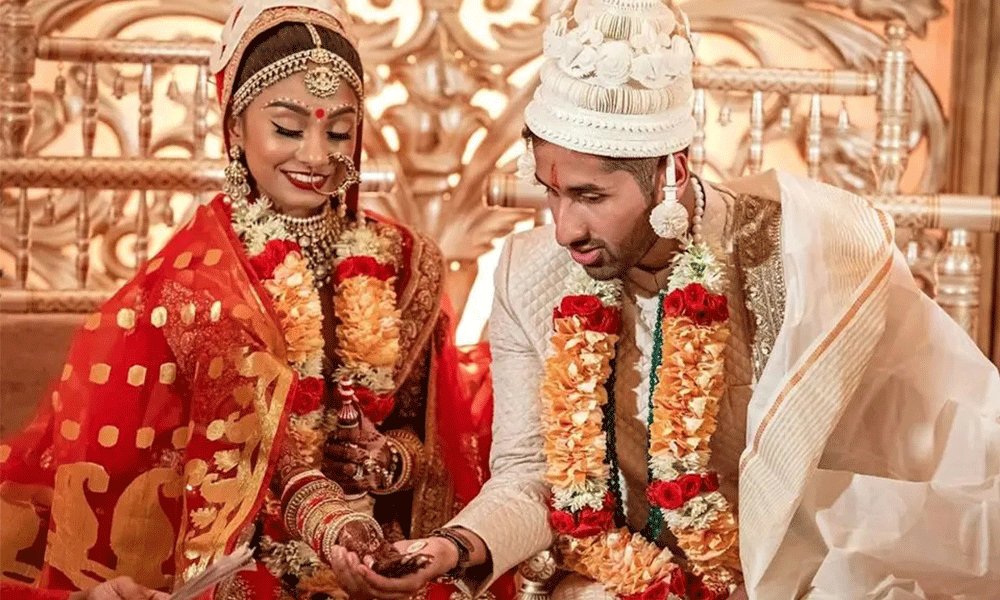
Picture Courtesy: @ragartistry
In Bengali weddings, the groom’s mother hands him a Dorpon (believed to cast off evil), which he carries throughout the ceremony. After the bride is carried to the mandap in a Peerhi (wooden seat), the Saat Paak takes place, where she hides her face with two beetle leaves. After the bride takes seven rounds around her groom, the couple looks at each other three times (Shubho Drishti). Ghoti Bengalis perform a fun ritual known as Bashi Biye after the Kanyadaan, where they play a few wedding games.
Madhya Pradesh – The Heart of India
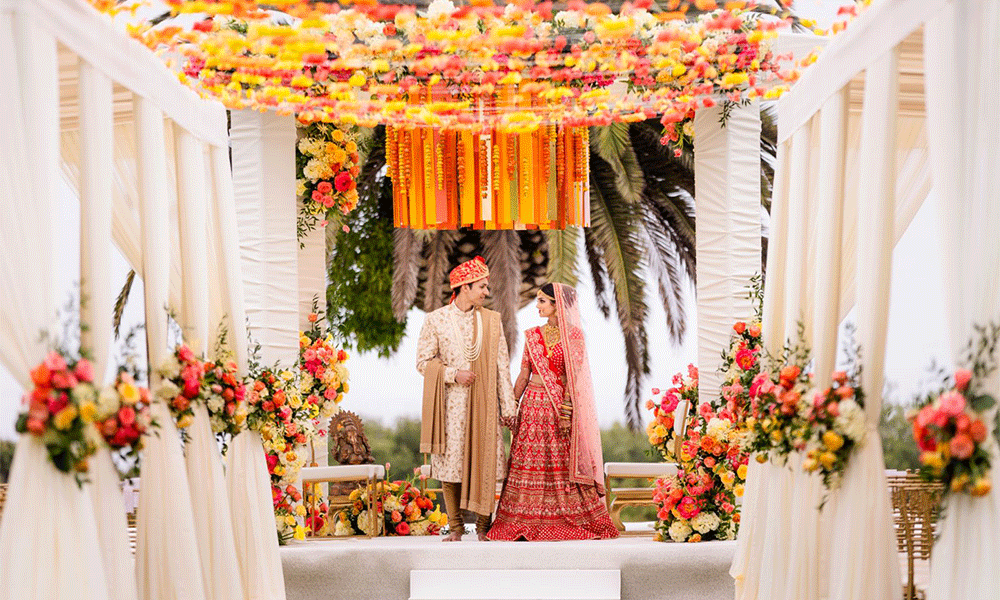
Picture Courtesy: @linandjirsa
In the central state of Madhya Pradesh, the first agreement between the two families takes place when the bride’s brother visits the groom with gifts and sweets and applies tilak (a mark on the forehead) on the groom to signify the couple is entering into matrimony. On the wedding day, the groom famously leaves for the venue on decorated horseback, accompanied by his family and a band playing loud music for celebrations. When the Baarat arrives at the venue, his mother-in-law traditionally welcomes the groom with an Aarti. As part of the ceremony, the couple circle around the holy fire seven times, with the priest performing the ritual and reciting chants. Here, the couple is tied by the extensions of their clothing to represent the vows that bind them together. After the celebrations, the bride bids a tearful farewell to her family in the bidai (send-off) as her in-laws bless her with a shower of flowers and coins.
Many more traditions are unique to each of the 29 states across India, all the way from Tamil Nadu to Punjab and from Assam to Gujrat. So celebrating this vibrant melting pot of cultures, we wish all our Indian readers a Happy Republic Day.
Feature Image Credit: @reelsandframes


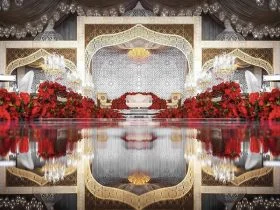

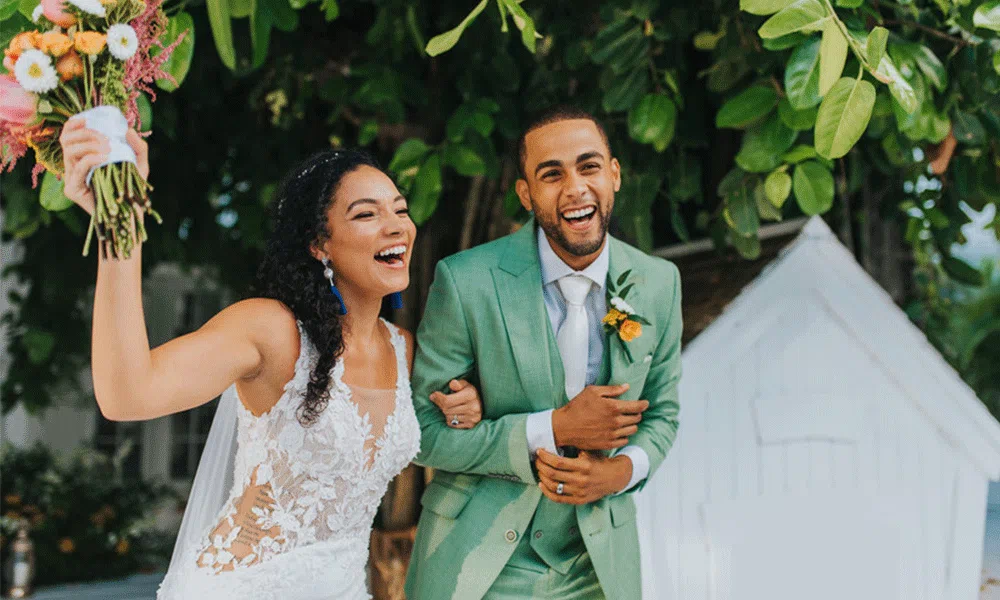

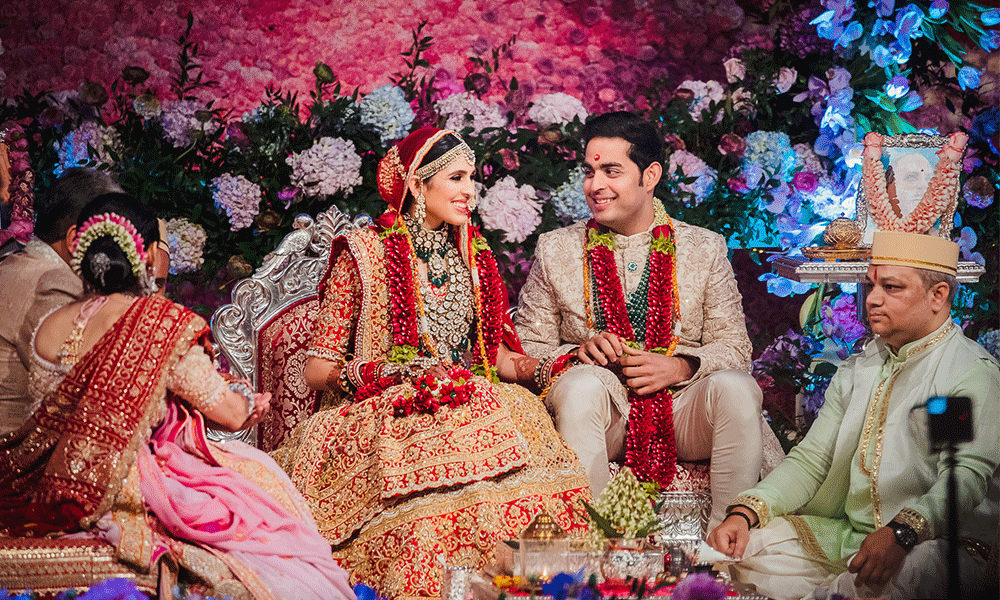
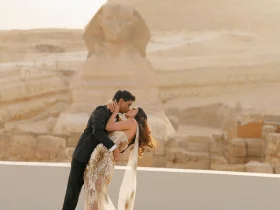



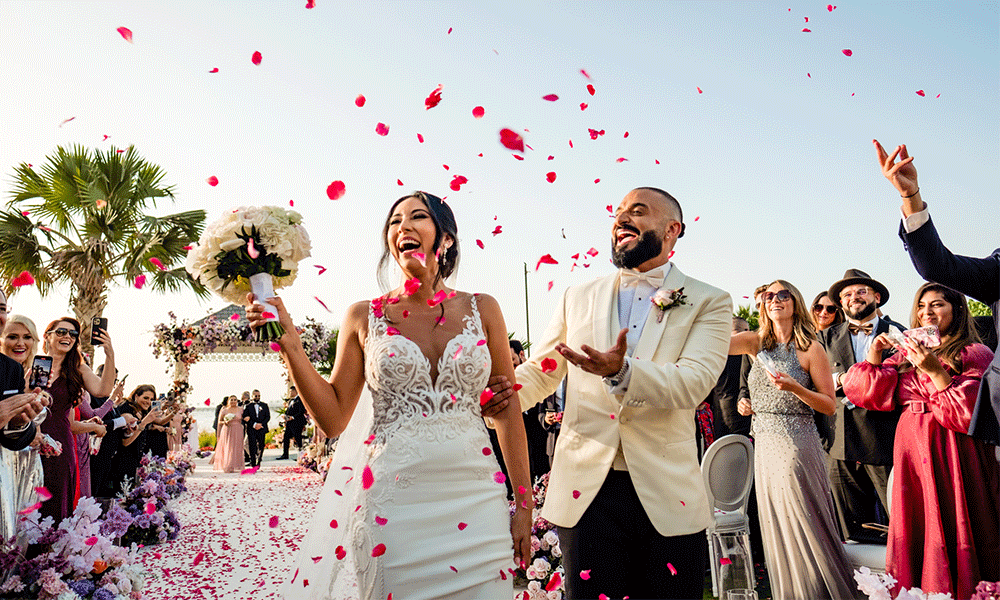
Leave a Reply